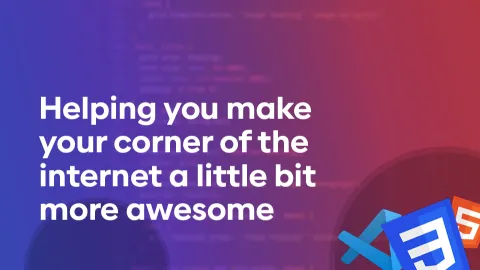Intersection observer firing
I have this code:
For the following webpage: https://myntsu.github.io/e-commerce-sample/landing-page/
It targets the navbar. Is there anyway to make it fire once it reaches
Currently it removes it when entering and leaving that section, with a margin of -300px (both up and down).
I tried many options, but no luck.
For the following webpage: https://myntsu.github.io/e-commerce-sample/landing-page/
It targets the navbar. Is there anyway to make it fire once it reaches
#Products and stays like that going downwards? And to keep the class removal when going back.Currently it removes it when entering and leaving that section, with a margin of -300px (both up and down).
I tried many options, but no luck.
